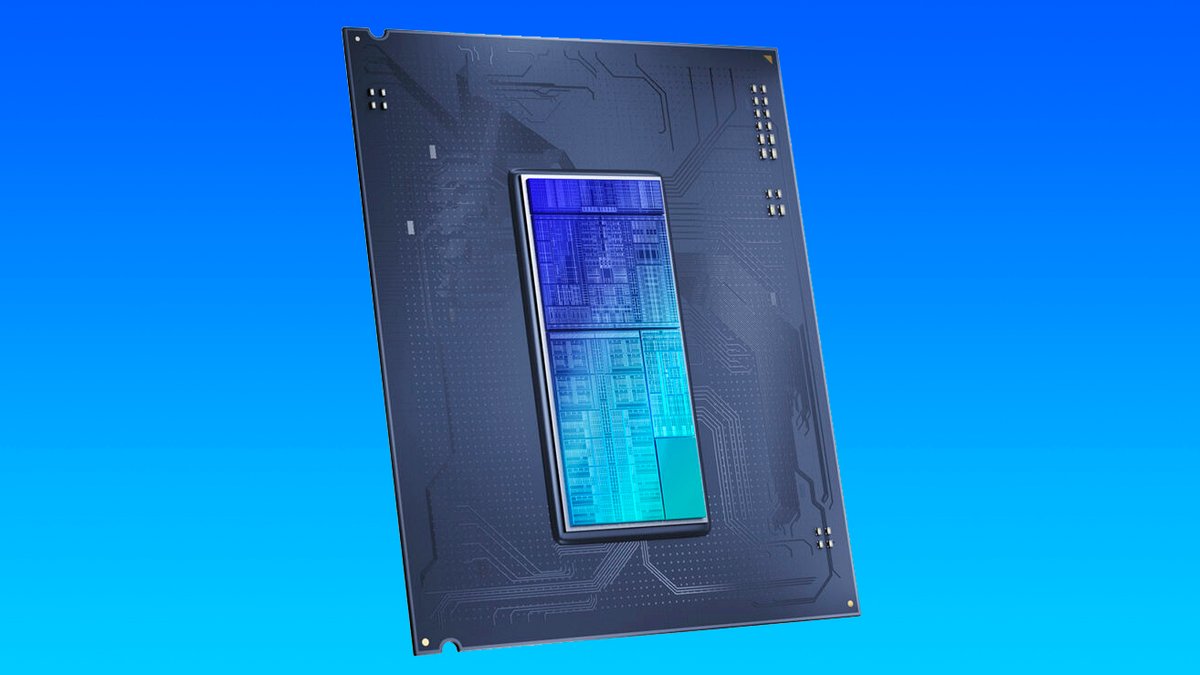Intel's Arrow Lake Refresh processors have been officially confirmed through leaked motherboard documentation and industry sources, positioning the company to address performance gaps that have hindered Intel-powered handheld gaming devices against AMD competition. The Core Ultra 300 series refresh represents a strategic response to market pressures in the rapidly evolving x86 handheld gaming segment.
Market Timing and Competitive Pressure
The Arrow Lake Refresh announcement comes at a critical juncture for Intel's position in handheld gaming PCs. Current Intel-powered devices like the MSI Claw series have struggled against AMD Ryzen Z-series equipped competitors, with gaming performance gaps particularly evident in portable gaming scenarios. The refresh's late 2025 timeline directly coincides with AMD's Ryzen Z2 Extreme rollout across multiple handheld gaming manufacturers, creating urgent competitive pressure for Intel to deliver meaningful performance improvements.
Industry leaks from reliable sources including @Jaykihn and leaked W880 motherboard documentation confirm Intel's commitment to the refresh despite earlier speculation about project cancellation. The confirmation signals Intel's recognition that incremental improvements are necessary to maintain relevance in the expanding handheld gaming PC market, where performance per watt and gaming capability determine manufacturer adoption decisions.
Technical Specifications and Performance Implications
Intel's refresh strategy focuses on selective improvements rather than architectural overhauls. The Core Ultra 300 series will target only K and KF SKUs initially, maintaining 125W TDP specifications while delivering enhanced boost frequencies and potentially upgraded NPU capabilities. NPU performance could increase from the current 13 TOPS to approximately 48 TOPS, representing a significant advancement in AI processing capability for gaming applications.
The preservation of LGA 1851 socket compatibility ensures existing motherboard infrastructure remains viable, reducing manufacturing costs for handheld gaming PC makers. However, this compatibility comes with strategic limitations, as Intel confirmed Arrow Lake Refresh will be the final generation before transitioning to LGA 1954 for Nova Lake processors in 2026. This two-generation socket lifecycle contrasts unfavorably with AMD's extended platform support, potentially influencing long-term manufacturer partnership decisions.
Handheld Gaming PC Market Impact
The Arrow Lake Refresh's most significant implications center on Intel's ability to regain competitiveness in handheld gaming PCs. Current Intel-powered handhelds face performance disadvantages in gaming workloads compared to AMD alternatives, limiting market adoption despite Intel's advantages in certain productivity tasks. Enhanced clock speeds and improved NPU capabilities could narrow these performance gaps while enabling AI-enhanced gaming features that differentiate Intel platforms.
The selective refresh approach raises questions about Intel's commitment to mobile and handheld segments versus traditional desktop markets. By prioritizing K and KF SKUs, Intel appears to focus on enthusiast desktop applications rather than the power-efficient processors typically required for handheld gaming devices. This strategy could limit the refresh's direct benefits for handheld gaming PC manufacturers, who typically require more power-efficient variants than high-performance desktop SKUs.
Intel's platform fragmentation concerns become particularly relevant for handheld manufacturers planning product roadmaps beyond 2025. The confirmed transition to LGA 1954 for Nova Lake creates additional platform complexity compared to AMD's more stable socket strategies, potentially influencing manufacturer decisions about processor partnerships for next-generation handheld gaming devices.
The Arrow Lake Refresh represents Intel's acknowledgment that incremental improvements are essential for maintaining x86 handheld gaming market share against strengthening AMD competition. Success will depend on whether performance enhancements translate into tangible gaming advantages sufficient to justify Intel platform adoption for handheld gaming PC manufacturers facing increasingly sophisticated AMD alternatives.
Sources
- TechPowerUp: "Intel's "Arrow Lake Refresh" Core Ultra 300 Series Comes with K and KF SKUs Only by AleksandarK"
- Tom's Hardware: "Intel's lackluster Arrow Lake appears to have a refresh inbound — Arrow Lake Refresh appears in reference document by Jowi Morales"
- WCCFtech: "Intel Arrow Lake-S Refresh CPUs Confirmed: Coming To LGA 1851 & 800-Series Motherboard Platforms by Hassan Mujtaba"
Note: All sources have been verified for accuracy and editorial standards compliance.
